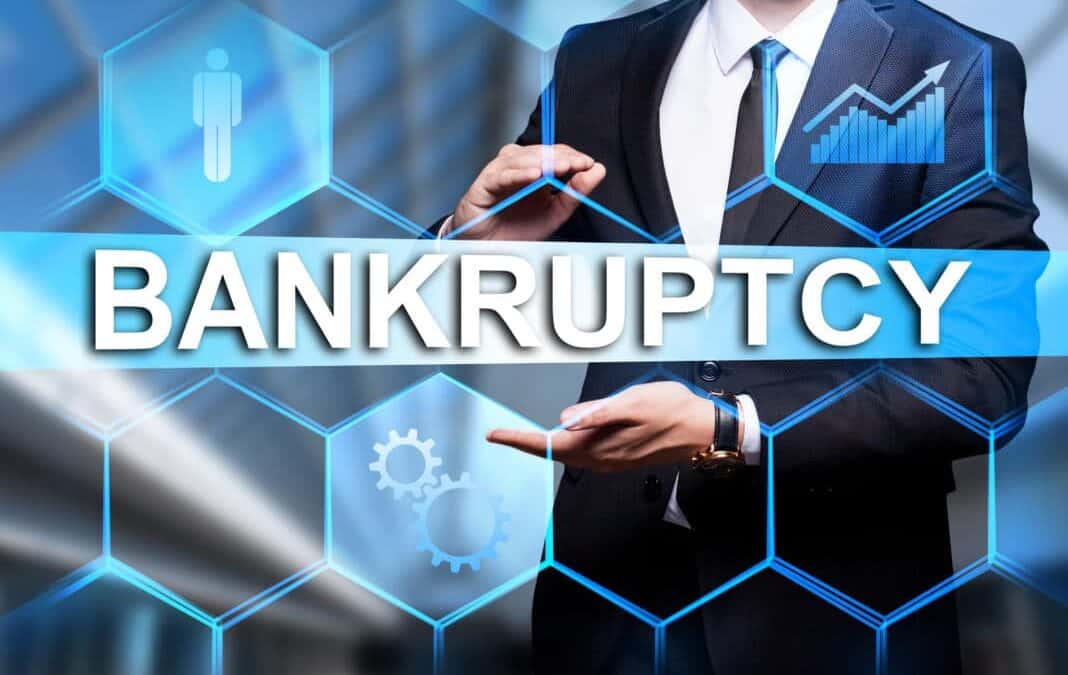It’s natural to wonder which option to go next if you’ve decided to deal with your debt by filing for bankruptcy after going through credit counseling or speaking with an attorney. Individuals and small business owners are usually given two options at this point: file for bankruptcy under Chapter 7 or Chapter 13.
What are the distinctions between Chapters 7 and 13?
Chapter 7 bankruptcy is known as liquidation bankruptcy, while chapter 13 bankruptcy is known as restructuring or wage earners bankruptcy. If you file for chapter 7, you might expect to have all of your unsecured debts discharged. You must reimburse your creditors in full or in part through a repayment plan if you file chapter 13.
Other significant distinctions between the two types are shown in the table below.
Chapter 7 | Chapter 13 | |
Eligibility | Those having incomes low enough to satisfy the Chapter 7 Means Test, including people and corporations | Individuals and sole proprietors having a combined secured and unsecured debt limit of $419,275 and $1,257,850, respectively |
Time frame | Three to four months | Three to five years |
Income | If your income is high, you might not be eligible. | To make the updated monthly installments, you need a consistent source of income. |
Effect on foreclosure | Temporary halt; if you can’t make payments, the foreclosure process will move on. | Stopping the foreclosure process and being able to catch up through a repayment arrangement |
Effect on property | While a trustee sells non-exempt property to pay creditors, you get to keep any exempt property. | No liquidation of property |
Is lien stripping allowed? | No | Yes |
Complexity in filing | If your case is straightforward, you may be able to file on your own, but you may need to fill out several documents and deal with legal obstacles. | In the majority of cases, you must hire attorneys and present repayment arrangements in court. |
Which Type Is the Best Fit for You?
The amount of money you make and the assets you hold play a big role in determining which sort of bankruptcy is best for you. High income, for example, may prevent you from applying for chapter 7. On the other hand, by filing for chapter 13, you can protect the property that you might lose if you file for chapter 7. Depending on whether you satisfy certain criteria, you may be eligible for additional benefits under Chapter 13 that you would not be eligible for under Chapter 7. These are some of them:
- lowering the balance you owe on an auto loan or a mortgage for investment property
- Playing catch-up on payments can prevent a property from going into foreclosure or a car from being seized.
- removing second mortgages and junior unsecured liens
Potential Situations
Depending on the situation, a person may choose to apply for chapter 7 or chapter 13 bankruptcy. Here are a few potential outcomes.
- You currently lack a job and own little to nothing. Chapter 7 should be used in this situation.
- Despite being unemployed right now, your home is worth a lot. Where you reside will determine the response. If the equity you’ve accumulated is covered by your state’s homestead exemption, chapter 7 can be a good option for you. Additionally, if you lack employment, you would not be eligible for chapter 13.
- You’re currently employed and in danger of losing your home. The best course of action is Chapter 13 since you can employ a repayment plan to catch up on your mortgage. Additionally, lien stripping may help you and help you eliminate a lot of your unsecured debt.
Conclusion
Making the decision to file for bankruptcy is significant and might have negative effects. You must think out all of your alternatives in advance in order to do this. For example, you might benefit from choosing the debt reduction route and avoid filing for bankruptcy altogether.
Your first step should be to contact a credit counselor if you haven’t already. You might also think about asking a lawyer with experience in bankruptcy-related cases for advice.

